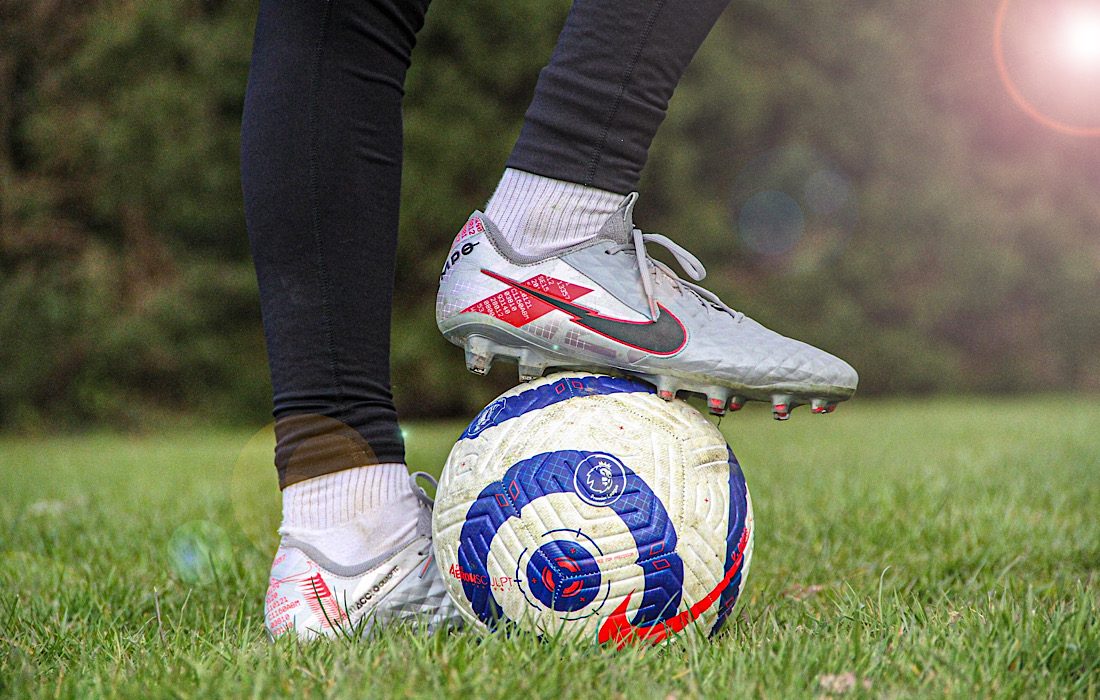The English Premier League is one of the most prestigious and competitive football leagues in the world. Over the years, it has witnessed numerous changes and advancements, not only in terms of the quality of play but also in the technology and design of football boots. From humble beginnings to the cutting-edge gear worn by players today, the evolution of football boots in the English Premier League is a fascinating journey.
In the early days of the league, back in the late 19th century, football boots were nothing more than simple leather shoes with metal studs. These boots were heavy and lacked grip, often causing injuries and making it difficult for players to perform at their best. As the game grew in popularity and professionalism, manufacturers started experimenting with different materials and designs to improve performance and safety.
One of the major breakthroughs in football boot technology came in the 1950s with the introduction of screw-in studs. These studs allowed players to adjust the length of their studs according to the condition of the playing surface. This innovation gave players more control and stability, especially when playing on wet or muddy pitches. It also led to a decrease in injuries caused by slipping and sliding.
Another significant development in football boots came in the 1970s with the emergence of synthetic materials. Previously, football boots were made primarily from leather, which often became heavy and waterlogged during games played in wet conditions. Synthetic materials like nylon and PVC revolutionized the game by providing lighter and more durable boot options. Players now had boots that were not only more comfortable but also allowed for better ball control and speed.
The 1980s saw the rise of specialist football boot manufacturers who focused solely on producing top-quality boots for professional players. Brands like Adidas, Nike, and Puma started investing heavily in research and development, taking the evolution of football boots to new heights. During this period, boots began to feature more advanced cushioning systems, better ankle support, and improved stud configurations, further enhancing player performance on the pitch.
With the arrival of the 21st century, football boots underwent a dramatic transformation, driven by advancements in design, materials, and manufacturing techniques. The most significant change was the introduction of lightweight boots, often made from synthetic materials, that allowed players to move more freely and quickly. These boots became particularly popular with attacking players who relied on speed and agility to outwit their opponents.
In recent years, the focus has shifted towards enhancing the overall comfort and fit of football boots. Manufacturers now use advanced technologies like 3D scanning and analysis to create boots that perfectly mold to a player’s foot shape, providing unmatched comfort and minimizing the risk of blisters. The introduction of knitted and synthetic uppers has also revolutionized boot design, offering a seamless and sock-like fit while maintaining optimal ball control.
Today, football boots are not just a piece of equipment for players; they have become objects of desire for fans and collectors alike. Players now have a vast array of boot options, each tailored to their individual preferences and playing style. From boots that offer increased traction on artificial turf to those designed for maximum grip on grass, the evolution of football boots in the English Premier League has been driven by a relentless pursuit of performance and innovation.
In conclusion, the evolution of football boots in the English Premier League has come a long way since the league’s inception. From simple leather shoes with metal studs to lightweight, technologically advanced boots, the journey showcases the continuous effort to improve performance, comfort, and safety for players. As the game evolves, so too will the boots, with new advancements always on the horizon.
